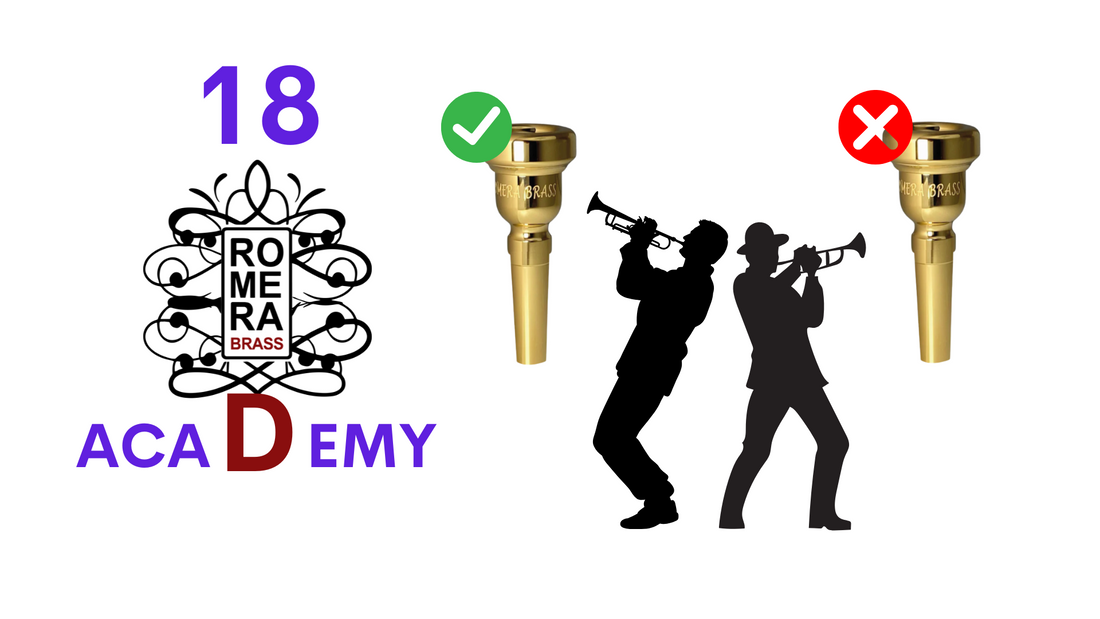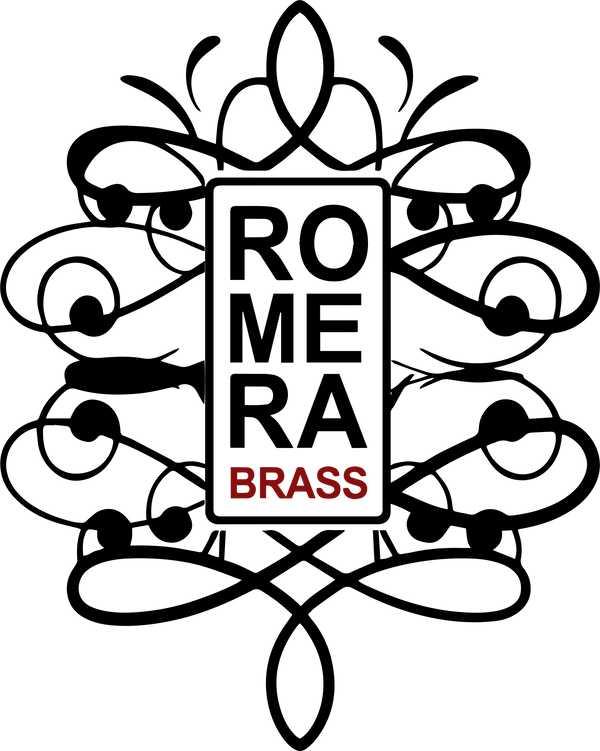
18. Why doesn't the same mouthpiece work for everyone the same?
Share
18. Why doesn't the same mouthpiece work for everyone the same?
Hello Hello hello
Greetings Brass and Brass player’s!!!
Before continuing to explain how the mouthpiece works, I want to pause and clarify several concepts, in relation to questions that I am asked very frequently.
The questions that they ask me have many variants, but, in reality, the answer will always be the same, questions like; With this cup (whatever it is) and a larger throat, will the cup be balanced?
Or will I have low register??
If we make the cup deeper will I have a bigger sound?
Or the super question of the trumpeters
What cup do I need for the high notes?
Other questions related to physical aspects
I have thin lips, what mouthpiece or rim do you recommend?
You can ask me any questions you want, but the answer will always be the same, "I don't know."
🫣
The answer may seem a bit strange to you since I am dedicated to making mouthpieces,
But we will only have our best mouthpiece when we understand that the mouthpiece is a simple regulator that sits between the player and the instrument.
The mouthpiece has to be balanced with our way of playing and with the resistance offered by the instrument we are playing, only then will we have our best mouthpiece, if one of these three parts is unbalanced with respect to the others, we will have to fight every day to correct it. this mismatch that may occur.
If, for example, it is difficult for us to center the stacatto, there could be many causes, but imagine that you are blowing little air and the mouthpiece you are playing is too open for the way you are blowing.
What should we do in this case? If you don't modify the mouthpiece, every day, every day, you will have to dedicate more work and hours of study just to focus on the chopping. We will be every day ta, ta, ta studying chopped since it will be a weak point that you will have.
But we could also compensate the mouthpiece, perhaps we could close the backbore so that the air pressure inside the mouthpiece increases, in this way the air pressure inside the mouthpiece would increase and we can focus the bite, that same bite could come out more easily, and we can spend more time on music and not just fixing technical problems
(It's just an example but it can happen.)
But let's go back to the beginning and how can I try to answer the questions that they ask me?
I have to know 3 basic things,
1º The first
to get an idea of how you play, how you draw air, if you throw it with a lot or little pressure, the speed you throw it, how you have a slow attack, very hard, I have to get as real an image as possible of how you play
2º The second
What I need to know is exactly the shape and sizes of the mouthpiece you are playing.
Knowing this will be complicated for you since you do not know the shape or the sizes of the mouthpiece you are playing, but I have to relate how you play what we have seen in the first point, with the physical characteristics of your mouthpiece.
If, for example, the mouthpiece you play is very large and you draw little air, perhaps you will have problems or it will be difficult for you to center the notes, perhaps you will have a slow chop or it may be difficult for you to make high notes….etc…. They may be symptoms, I'm not saying it has to happen, but it could.
3º And the third point to take into account is the resistance offered by the instrument.
I give another example and we return to the same thing, imagine that you draw little air and the instrument you play is very open, even if the mouthpiece is compensated for you, if the instrument is too open for you, exactly the same will happen as we have seen in point Nº 2, lack of high notes, it will be difficult for you to focus the stacatto etc…, etc…
The mouthpiece is a regulator between the air that you draw and the instrument, therefore, to all the questions that you can ask me, to compensate the mouthpiece for your way of playing, I have to look at the three points that I have mentioned before.
-How do you play?
-The measurements of the mouthpiece
-And since your instrument is closed, open,
With these three elements I will be able to compensate the mouthpiece so that it adapts to your way of playing and also to the instrument.
The truth is that it is very difficult to talk about the mouthpiece since the same mouthpiece does not work the same for everyone, in the Boquillenado Blog I try to explain things that are for a large majority, but, as I mentioned, I cannot guarantee that it is the same for everyone since it depends on many factors as we have just seen,
Well, I hope that this video is a starting point so that the next videos that I am preparing are better understood.
Today we have seen that the mouthpiece is a regulator between the musician, the way you play, such as strips, speed and air pressure, and the instrument you play
Up to here today's video in the next video of Boquilleando we will continue explaining more things,
what I know and what I am learning along the way.
I look forward to your questions and comments.
Greetings and lots of music
